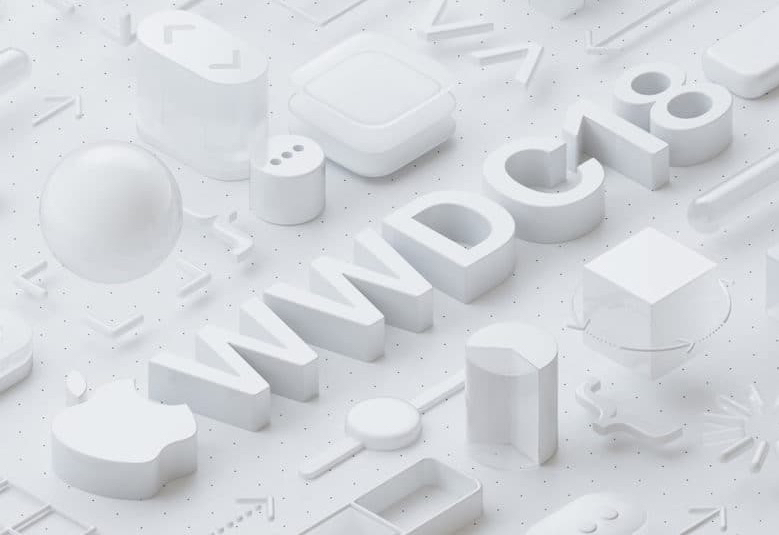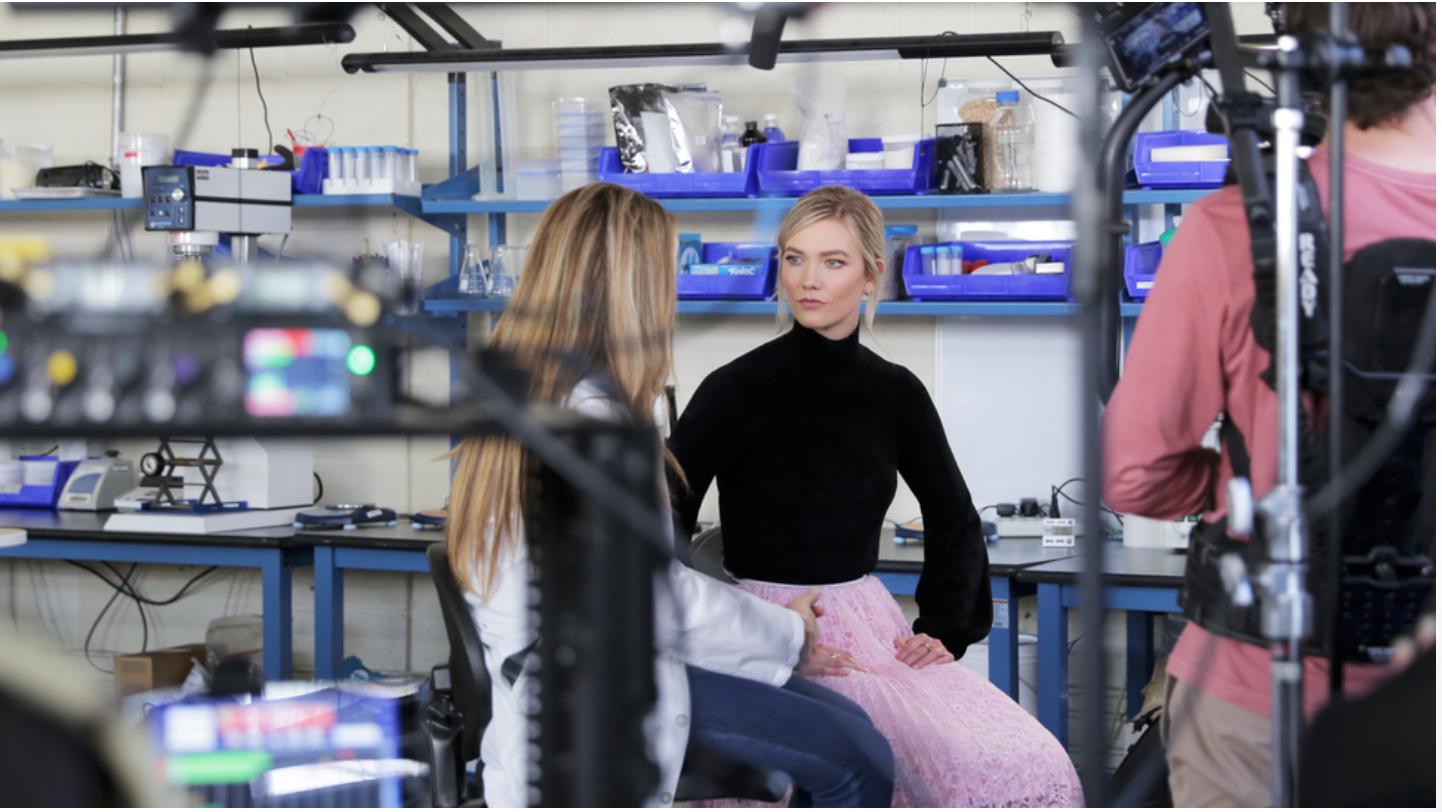

Originally posted on ZDNet
Steve Jobs was never one to leave anyone in any doubt as to what was on his mind, and thanks to hundreds of hours of keynotes, speeches, and interviews, we can get an insight into what he might think about the current state of the company he founded.

Still no next big thing
“One more thing…” — Steve Jobs
No quote excited Apple fans than this one. Those three simple words launched a number of world-changing Apple products.

Lack of focus
“Focusing is about saying ‘No.'” — Steve Jobs
The iPhone started out as a simple idea — a device that reinvented the smartphone. All a buyer needed to do was decide how much storage capacity they needed — 4, 8, or 16 gigabytes — and they were an iPhone owner.
Jump forward a decade and buyers are faced with eight different iPhones in numerous storage capacities and finishes.

AirPods
“The problem with Bluetooth headphones is that it’s not just recharging your iPod, you have to recharge your headphones too. People hate it. There are quality issues — the bandwidth isn’t high enough, and even if it does get there some day, people don’t want to recharge their headphones.” — Steve Jobs
While there’s little doubt that Bluetooth is now more than capable of delivering crystal clear audio, Apple’s solution to how to charge the AirPods would have no doubt upset Jobs. Not only do AirPod owners need to pop the AirPods into a case to charge, they also have to remember to charge up the case itself!

Dongles, dongles, and more dongles
“I’m as proud of what we don’t do as I am of what we do.” — Steve Jobs
Apple is clearly on a mission to simplify its Mac lineup, and one way it wants to do that is by eliminating as many ports as possible and standardizing on a single port where possible, as it has done with the new MacBook Pro.
Problem is, while one port might work for the iPhone and iPad, when it comes to a computer it’s a real pain, and it forces many users to carry with them an array of different dongles and accessories (such as this Satechi Type-C USB 3.0 3-in-1 combo hub) in order to be able to get work done.

Dumb solutions to simple problems
“You’ve baked a really lovely cake, but then you’ve used dog s— for frosting.” — Steve Jobs
Apple employs some of the smartest people on the planet, and the company is capable of doing wonderful things.
But it’s also come out with some howlers. For example, the battery case for the iPhone that has a charging indicator on the inside where you can’t see it. Or a rechargeable mouse that has the charging port on the bottom. Or a rechargeable pencil that has a tiny cap that’s easily lost.
These are just the sort of design howlers that you don’t expect from Apple.

Bogged down iOS
“Simple can be harder than complex: You have to work hard to get your thinking clean to make it simple. But it’s worth it in the end because once you get there, you can move mountains.” — Steve Jobs
When the iPhone was unveiled a decade ago the operating system (then called iPhone OS, the iOS name didn’t appear until 2010) was sleek and simple. Everything was a couple of taps away and the user interface was intuitive and a snap to use.
Fast-forward a decade and things have changed dramatically. While iOS 11 retains some of the look and feel of the early iPhone OS, Apple has bolted on, shoehorned in, and otherwise added to the mobile operating system so much that the once elegant and streamlined platform has become a kludgy and awkward mess.
Notification panels and popups litter the interface, gaining access to often-needed features now require users to memorize a number of different gestures, and the Settings app is now a mess to rival the Windows Control Panel at its worst.

Siri is still so dumb
“Details matter, it’s worth waiting to get it right.” — Steve Jobs
Apple acquired the technology behind its Siri voice assistant back in 2010 and integrated the technology into the iPhone 4S in late 2011, and since then it has spread from the iPhone to the iPad and the Mac.
But over that time Siri has gone from being “Wow!” to “Meh.” Put Siri in a room with Amazon’s Alexa, Microsoft’s Cortana, and Google Now and you quickly discover just how dumb and gimmicky Siri actually is. The voice recognition is poor, and the range of things you can do, and the flexibility to ask questions in a natural way, is very basic compared to other voice assistant offerings.

Apple’s massive R&D budget
“Innovation has nothing to do with how many R&D dollars you have. When Apple came up with the Mac, IBM was spending at least 100 times more on R&D. It’s not about money. It’s about the people you have, how you’re led, and how much you get it.” — Steve Jobs
Apple’s R&D budget has increased over tenfold since the iPhone was released in 2007, and yet the company hasn’t come up with anything that comes close to the success of the iPhone.

Apple Pencil
“Who wants a stylus. You have to get ’em and put ’em away, and you lose ’em. Yuck. Nobody wants a stylus.” — Steve Jobs
I know many would argue that the Apple Pencil is more than a stylus, but many of problems with the stylus — finding it, putting it away, and losing it — haven’t really been solved by Apple.

The iPad’s rapid decline
“What we want to do is we want to put an incredibly great computer in a book that you can carry around with you and learn how to use in 20 minutes.” — Steve Jobs
The iPad was Apple’s plan to disrupt the tablet market and put a stepping-stone between the iPhone and the Mac. And it looked like it would work. But in seven years sales have gone from showing strong growth initially to hitting a peak a few years back to now a rapid decline.
It could be said that the problem with the iPad is that consumers and enterprise buyers have lost interest in tablets, and that it’s only natural that sales would tank. But in that case how has Apple managed to keep Mac sales strong in the face of horrible PC sales, or managed to return the iPhone to growth?

Evolution over revolution
“I have a great respect for incremental improvement, and I’ve done that sort of thing in my life, but I’ve always been attracted to the more revolutionary changes.” — Steve Jobs
Over the past few years we’ve seen a lot of incremental, evolutionary updates from Apple, ranging across hardware and software, but there’s been little in the way of revolutionary changes. Certainly nothing that compares with those big gambles that Apple took while it was under the leadership of Jobs.

Following, instead of leading
“Don’t let the noise of others’ opinions drown out your own inner voice.” — Steve Jobs
Apple used to look forward, but now the company feels like it is increasingly looking sideways at what its competitors are up to, in particular the premier Android device maker, Samsung.
Samsung has a “throw it against the wall and see what sticks” attitude when it comes to hardware, and over the past few years we’ve seen Apple take a similar approach, especially with the iPhone. Some of these moves have been successful (for example, it’s clear that there was indeed a pent-up demand for larger and more expensive iPhones) while others have flopped (the iPhone 5C springs irresistibly to mind here).
Share your favorite Steve Jobs comments in the comments below!


































































